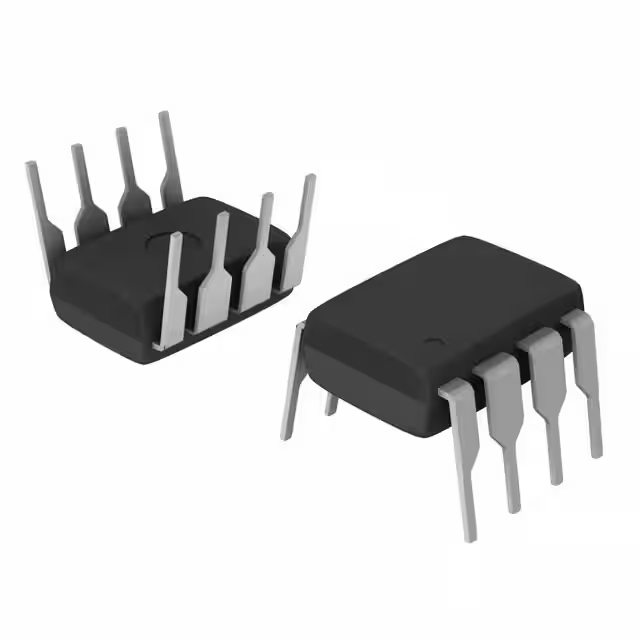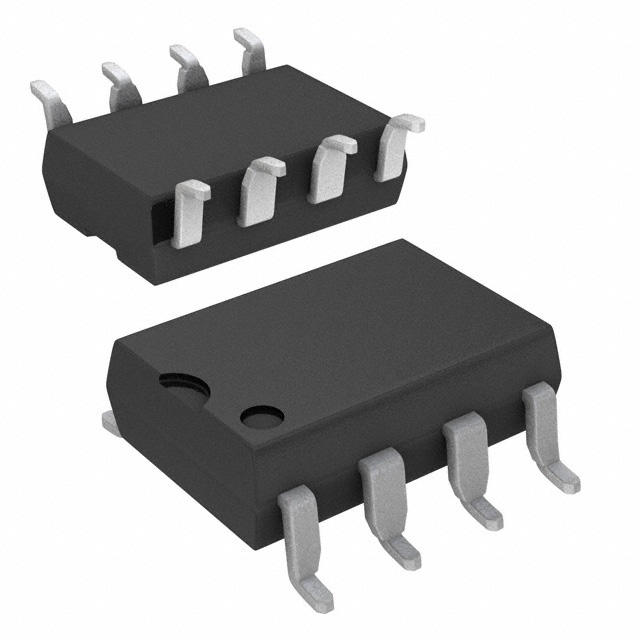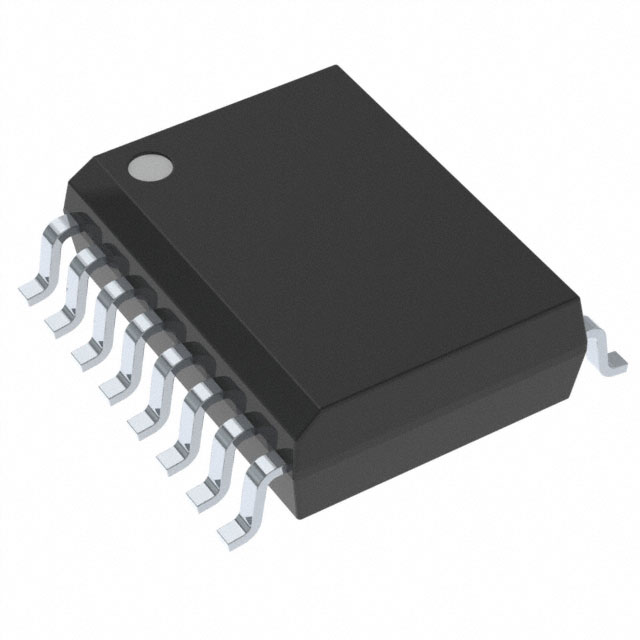6N136 datasheet & pinout | application circuit QT Brightek (QTB)
- Input Type: DC
- Output Type: Transistor with Base
- Voltage - Output (Max): 20V
- Package: 8-DIP (0.300", 7.62mm)

FREE delivery for orders over HK$250.00

Quick response, quick quotaton

Flash shipment,no worries after sales

Original channel,guarantee of the authentic products
6N136 optocoupler ic testing | 6N136 pinout circuit diagram
6N136 Pinout

The 6N136 is a high-speed optocoupler designed for digital signal isolation, featuring an infrared LED and a phototransistor output. It operates with a logic-compatible input and provides a safe electrical barrier between the input and output, often used in industrial systems, microcontroller interfacing, and communication lines. Below is a detailed pinout description of the 6N136 in an 8-pin DIP package.
| Pin Number | Pin Name | Description |
|---|---|---|
| 1 | NC | No connection (not internally connected; can be left unconnected). |
| 2 | Anode | Positive input for the internal LED (input side). |
| 3 | Cathode | Negative input for the internal LED (input side). |
| 4 | NC | No connection (not internally connected; can be left unconnected). |
| 5 | Emitter | Emitter of the output phototransistor. |
| 6 | Collector | Collector of the output phototransistor. |
| 7 | VB | Base of the phototransistor (used for gain control, often left open). |
| 8 | Vcc | Positive supply voltage for the output side circuitry (typically 5V). |
Understanding the 6N136 pin configuration is crucial for correct implementation in circuits requiring signal isolation and noise immunity. Proper connections to the LED side (pins 2 and 3) and the phototransistor output side (pins 5 to 8) ensure reliable high-speed performance and safe electrical separation.
FAQ
1. How fast can the 6N136 operate?
The 6N136 is a high-speed optocoupler capable of operating at data rates up to 1 Mbps or more, depending on the external circuit configuration and load conditions. This makes it suitable for fast digital communication.
2. What kind of isolation voltage does the 6N136 provide?
The 6N136 typically offers an isolation voltage of 2500 Vrms between the input and output sides, which ensures safe operation in systems where high-voltage transients or surges may occur.
3. Can the base pin (VB) be left unconnected?
Yes, the base pin (Pin 7) of the output phototransistor can be left unconnected in most applications. However, connecting a resistor to this pin allows control of the phototransistor’s gain and switching characteristics.













